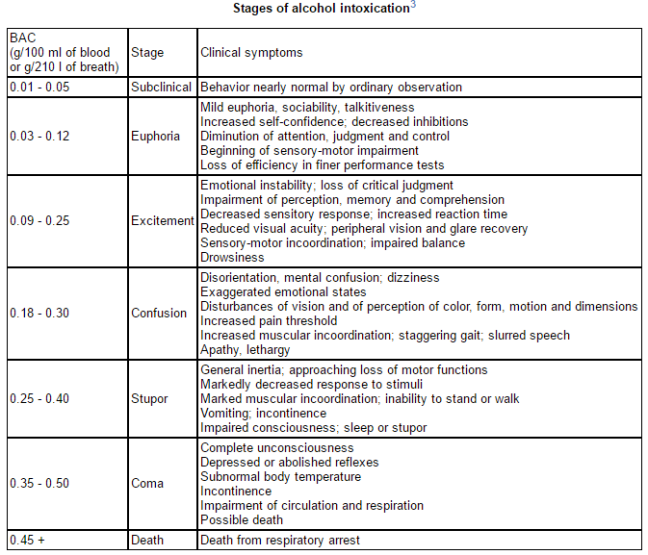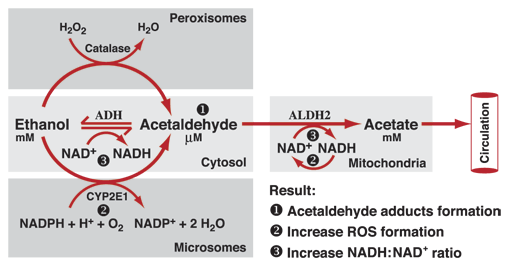There are many laws put into force in order to reduce alcohol abuse. The following are the main objectives of the laws against alcohol:
- protect children under 18s
- prevent accidents from drink-driving
- reduce crime and social disorders
- improve health of general public
It is strictly against the law to give alcohol to children under 5 years old. The legal age at which someone can buy drink is 18 and any one looking under 21 or 18 will be asked to present a acceptable proof of age. 16 and 17 year olds are allowed to drink alcohol like beer, cider and wine but only in company of an adult. If minors are caught consuming alcohol, police have the power to confiscate the drink and persistent act may lead to a police record which may affect their future.
There are consequences for drink-driving as well. if suspected, the driver may be required to provide specimen like breathe, blood or urine for analysis of blood alcohol concentration (BAC). if the limit has been exceeded, depending on the situation, the driver may sentenced to imprisonment of upto six months and 14 years if death occurs due to accident, unlimited fine and ban from driving for upto a year.
Sources:
The Crown Prosecution Service, (2016). Licensing of Alcohol. Available from http://www.cps.gov.uk/legal/l_to_o/licensing_of_alcohol/#law
Drinkaware.co.uk., (2015). The law on alcohol and under 18s. Available from https://www.drinkaware.co.uk/check-the-facts/alcohol-and-the-law/the-law-on-alcohol-and-under-18s#legaldrinkingage
Alcohol Education Trust, (2016). The law and underage drinking. Available from http://www.alcoholeducationtrust.org/parent-area/alcohol-and-the-law/ Gov.uk., (2015). Drink-driving penalties. Available from https://www.gov.uk/drink-driving-penalties


